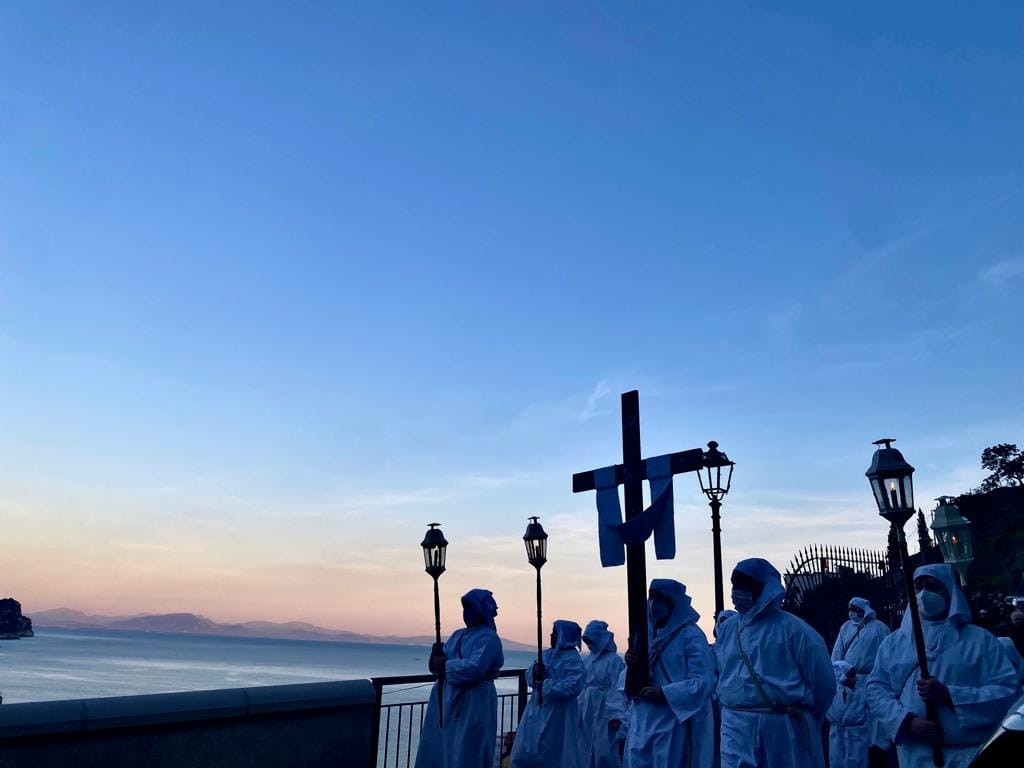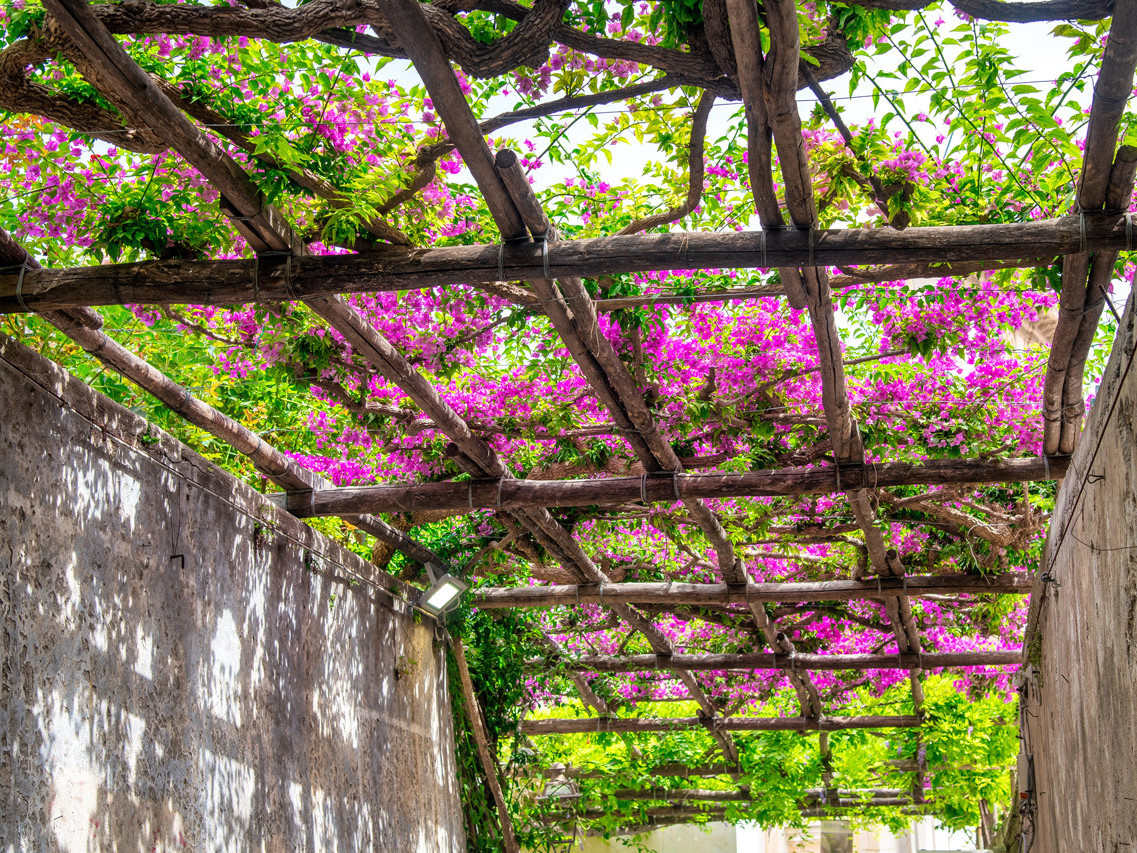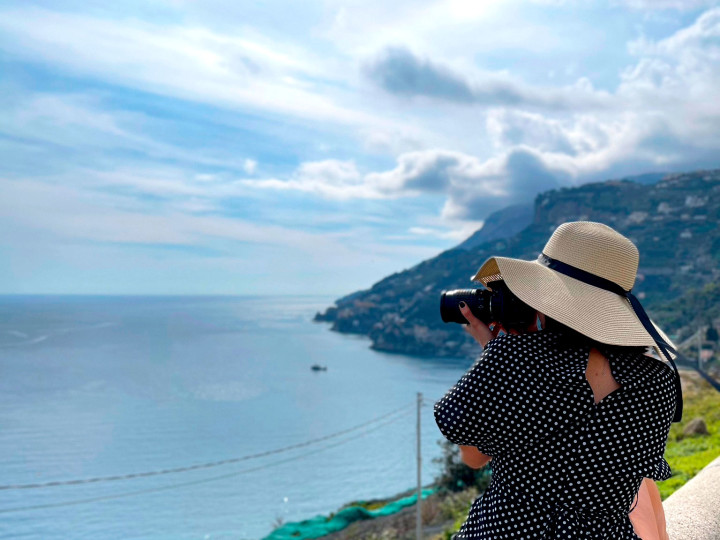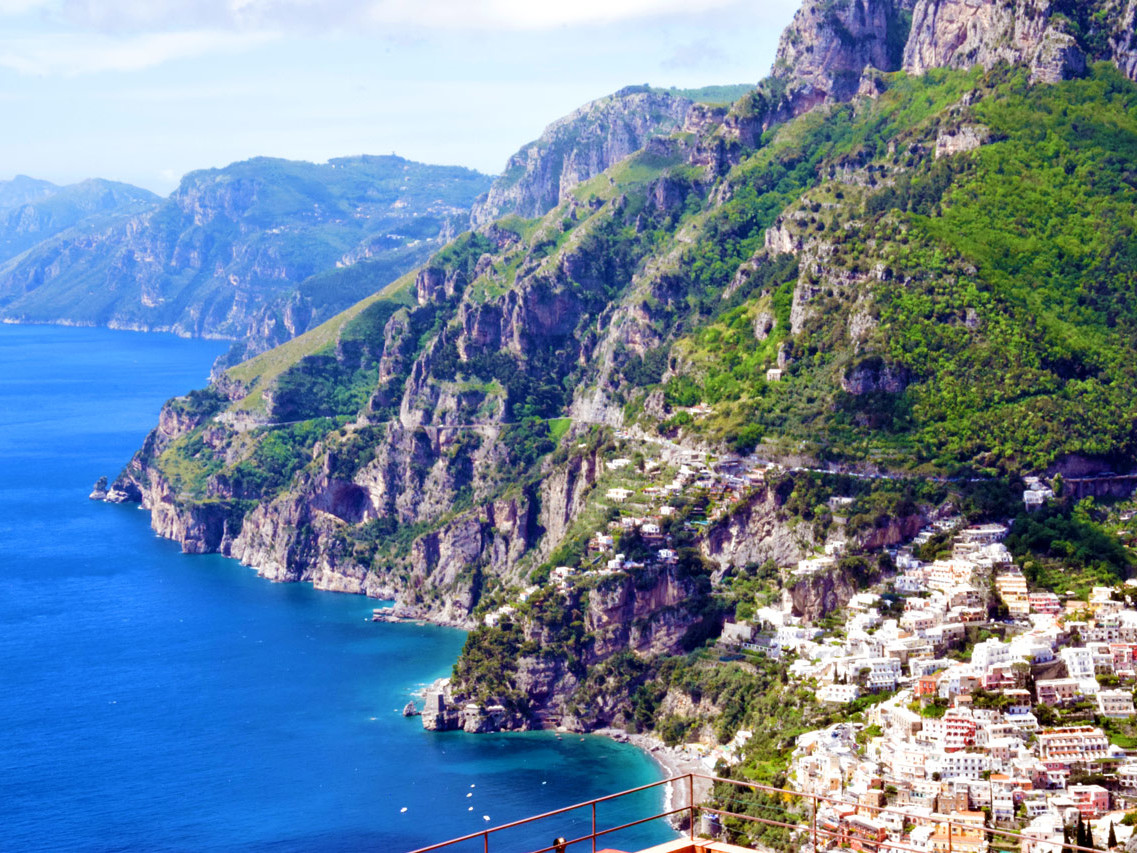A POET'S SOUL AMONG THE BEAUTIES OF THE AMALFI COAST
Writers, musicians, and artists have stayed and visited the Amalfi Coast over the years, each time leaving with indelible memories that often enriched their work. In the late 1950s, the writer Pier Paolo Pasolini spent a few days in the Divine Coast and recorded that journey in a book entitled “La lunga strada di sabbia” (The Long Road of Sand), recounting the different places he had visited aboard a Fiat Millecento. Read this article to discover the Friulian poet's account of the Amalfi Coast.
by Riccardo Troiano
share this article
The square in Ravello
Amalfi and Ravello: destinations of wonder
After traveling along the Sorrento Peninsula, Pier Paolo Pasolini reached Amalfi, described as “a semicircle on the harbor, white, emptied by centuries of silence, humbled from the great city it once was, and yet happy.”¹ He then continued on to Ravello, which left such a deep impression on him that he considered it the place where he had spent the most beautiful hours of his journey, indeed “among the most beautiful of my life.”²
Enchanted by the coastal town, set in a fantastic landscape and dotted with splendid residences, Pasolini summed up Ravello: “It is like a spur, suspended in the void, at the bottom of which lie hills that overlook the sea.”³ Although fascinated by the various churches, such as that of Santa Chiara, it was Villa Cimbrone that left a deep impression on the poet's soul, so much so that he described it as “a corner of heaven: a place dedicated to ecstasy.”⁴ Wonder and amazement marked his brief visit to the luxurious residence, which still fascinates visitors to the Divine Coast today.
In 1959, Pasolini's journey continued to Minori, where he offered a ride to two girls headed to Maiori: that very day, there was a party going on, with fireworks and “the seafront was full of a beautiful and happy crowd.” ⁵
Pasolini then reached Cilento and other Italian beaches, coming into contact “with places and people not yet corrupted by consumerism,”⁶ according to the words of scholar Paolo Muri.
Ravello, a gem of literature and cinema
Pasolini retained the memory of this visit and in 1970 chose Ravello again to shoot the novella “Masetto” from the film “Il Decameron,” based on the work of the same name by Giovanni Boccaccio. Boccaccio himself had already described the noble coastal town through the character of the merchant Landolfo Rufolo, thus joining Pasolini in his choice of Ravello. The Friulian poet set the story of the peasant Masetto in the church of the Annunziata, a landmark of the coastal town, which belonged to the Rufolo family in the 13th century.
Pasolini's legacy
A few years after that trip to the coast, on November 2, 1975, Pier Paolo Pasolini was brutally murdered at the Ostia seaplane base. Fifty years after that crime, there are still many questions that seek to shed light on that sad day, which left a void in the Italian cultural landscape. This occasion allows us to remember one of the greatest intellectuals of the 20th century, who offered a broad and profound interpretation of his time, producing literary, cinematographic, and journalistic works that remain cornerstones of Italian cultural tradition.
share this article
1. Pier Paolo Pasolini, “La lunga strada di sabbia”, pag.60
2. Pier Paolo Pasolini, “La lunga strada di sabbia”, pag.60
3. Pier Paolo Pasolini, “La lunga strada di sabbia”, pag.61
4. Pier Paolo Pasolini, “La lunga strada di sabbia”, pag.61
5. Pier Paolo Pasolini, “La lunga strada di sabbia”, pag.63
6. Pier Paolo Pasolini, “La lunga strada di sabbia”, pag. 15-16













